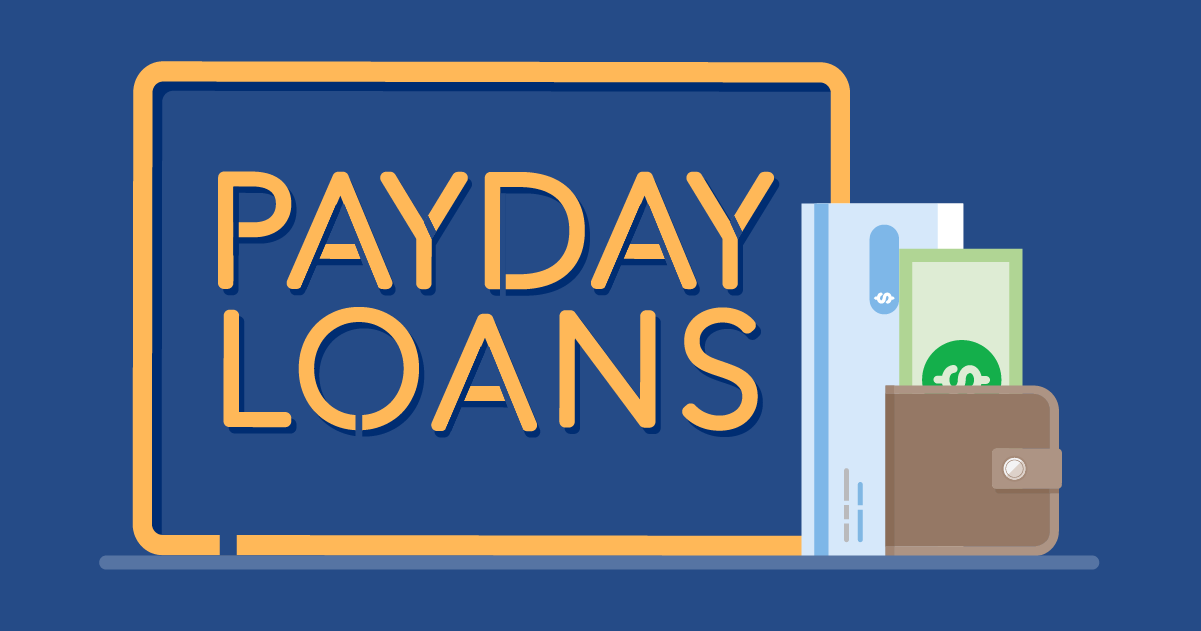What Are Payday Loans?

Payday loans provide borrowers with quick access to cash, usually for a small amount, which is typically due on the borrower's next payday. These loans are often used by individuals who need immediate financial assistance to cover unexpected expenses or emergencies.
How to Apply for a Payday Loan: Step-by-Step
Check Eligibility
Ensure you meet the minimum eligibility requirements, which typically include being of legal age, having a regular source of income, and possessing an active bank account.Research Lenders
Compare different payday lenders to find one that offers reasonable terms and conditions. Look for reviews and customer feedback to gauge their reputation, and ensure that the lender is licensed and regulated by the appropriate state or local authorities.Research LendersGather Documentation
Be prepared to provide the necessary documents, such as proof of income, bank statements, and identification.Calculate Loan Amount
Determine the amount you need to borrow, but be cautious not to borrow more than you can reasonably repay on your next payday. Use an online loan calculator to estimate your payment and make an informed decision.Apply Online or In-Person
Most payday lenders offer online applications for convenience, but you can also visit a physical storefront if one is available in your area.
Fill Out the Application
Complete the loan application accurately, providing all required information. Double-check for any errors.
Review Loan Terms
Carefully read and understand the terms and conditions of the loan, including the interest rate, fees, and the total repayment amount.
Ask Questions
If you have any doubts or questions, don't hesitate to ask the lender for clarification before signing any agreement.
Sign the Agreement
If you are comfortable with the terms, sign the loan agreement electronically or in person.Receive Funds
Once your application is approved, you'll receive the funds either as a direct deposit into your bank account or as cash if you applied in person.
Pros and Cons of Payday Loans
Pros
- Few Requirements: Payday loans have simple eligibility criteria.
- Easy Access: Fast approval and funding, often within one business day.
- No Credit Check: Most payday lenders do not conduct credit checks, making these loans accessible to those with poor credit.
- No Collateral: These are unsecured loans, meaning no personal assets are at risk.
Cons
- High Interest Rates: APRs can be extremely high, sometimes reaching up to 700%.
- Debt Trap: High fees and rollover options can lead to a cycle of debt.
- Legal Issues: Failure to repay can result in debt collection, legal action, and damage to your credit score.
- No Credit Score Improvement: Payday loans do not typically help build your credit score.
Repaying Payday Loan Debt
- Personal Check: Writing a post-dated check is common and serves to "secure" the loan.
- Automated Clearing House Authorization: Allows the lender to withdraw the loan amount and fees electronically from your bank account.
- With Cash: If you applied at a retail store, you might need to repay the loan in cash at the location.
Legal Regulation of the Payday Loan Market in the USA
According to the Consumer Federation of America, there are three types of states based on how they regulate payday lending:
Legal
32 states allow high-interest payday lending, including Alabama, Alaska, California, and others. Some states face challenges regulating payday lending due to state law loopholes.
Editorial Opinion
Online payday loans offer quick access to funds with few requirements, making them appealing for those in financial distress. However, their high interest rates can lead to a cycle of debt, especially if repayment becomes unmanageable. Borrowers often end up rolling over loans or taking out new ones to cover the old ones, deepening their debt.
Important Considerations
Keeping your Debt-to-Income (DTI) ratio below 30-40% of your monthly income is crucial to avoid financial problems. Always assess the necessity and feasibility of taking a loan, ensuring you can comfortably manage its repayment.
How to Choose a Lender
- Verify Licensure: Ensure the lender is licensed to operate in your state.
- Check Reputation: Look for membership in reputable associations and read customer reviews.
- Review Terms: Carefully review the loan terms, interest rates, and total cost.
- Right of Rescission: Understand your right to rescind the loan within a few days if needed.
- Cooling-Off Period: Take advantage of any "cooling-off" period to review the contract before committing.
Methodology
At Finanso, we've analyzed over 100 lenders based on 35 different parameters across six key categories: accessibility, customer relations, quality of service, interest rates, and transparency. Our goal is to provide insightful recommendations to help you choose the best lender for your needs.